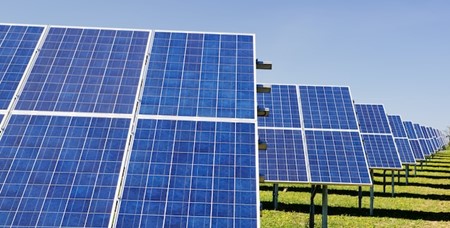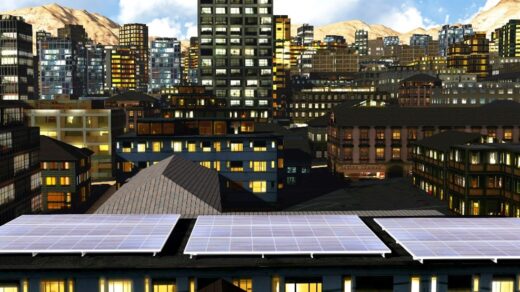
One of the ways that scientists are looking to harness solar energy is to harness it from space. But, why would they want to do this, and how effective will it be?
Currently, USA Clean Energy Association reports that solar energy captured on Earth has one big limitation: nighttime. Solar power can only be captured during daylight hours, and even then, conditions need to be sunny enough for the UV rays to reach the PV panels. By capturing solar energy from space, this problem is removed, which could lead to increased energy production.
The General Principle
The basic idea behind how harnessing solar energy from space will work is that satellites will be equipped with solar panels. These solar panels would then leverage reflectors that concentrate the energy produced, allowing it to then be sent back down to Earth in the form of laser or microwave beams. Receivers on the ground would then convert these beams back into energy to be used in the grid.
Why Harvest Solar Energy from Space
There are some key advantages when it comes to generating solar energy in space.
Consistent Sunlight
Space is not subject to the same day and night schedule that the Earth is, meaning that solar power can be harvested all the time. Not only that but there aren’t any major factors in space that would limit the sunlight, such as rain, seasons, geographical location, or cloud cover, so a consistent level of energy is able to be collected.
More Power
Obtaining solar energy from space also means that more of it can be gathered. This isn’t just because we can harvest it all of the time, but the sun’s rays are much stronger in space, resulting in us being able to capture up to 40 times more solar energy than could be harvested on Earth.
This would assist with the transition away from fossil fuels and be able to rapidly fill the gap much quicker than other renewable sources of energy.

Reduced Need for Energy Storage
Due to the fact that space-based solar power is an unlimited stream of energy, the need for energy storage would be massively reduced, as the power can be produced on demand quickly and easily.
Limitations of Space-Based Solar Power
The technology required in order to use space-based solar power has been available for quite some time. So, why are we not using it?
The answer comes down primarily to cost. The technology is expensive to produce and operate and so would not be viable for use on a larger scale. The cost is decreasing with private space operations such as SpaceX offering much more affordable access to space than previous options.
Once the issue of cost is eliminated, there is still an elephant in the room regarding the carbon emissions to get solar panels into space. The emissions from launching rockets into space are high, and they are unable to run on clean energy alternatives. That means that just creating space-based solar farms would have a massive environmental impact that may be more costly than the benefits of this project.
Despite this though, many countries and organizations remain optimistic about space-based solar power. It is believed that by 2050, almost all of the global energy will be produced among the stars.



